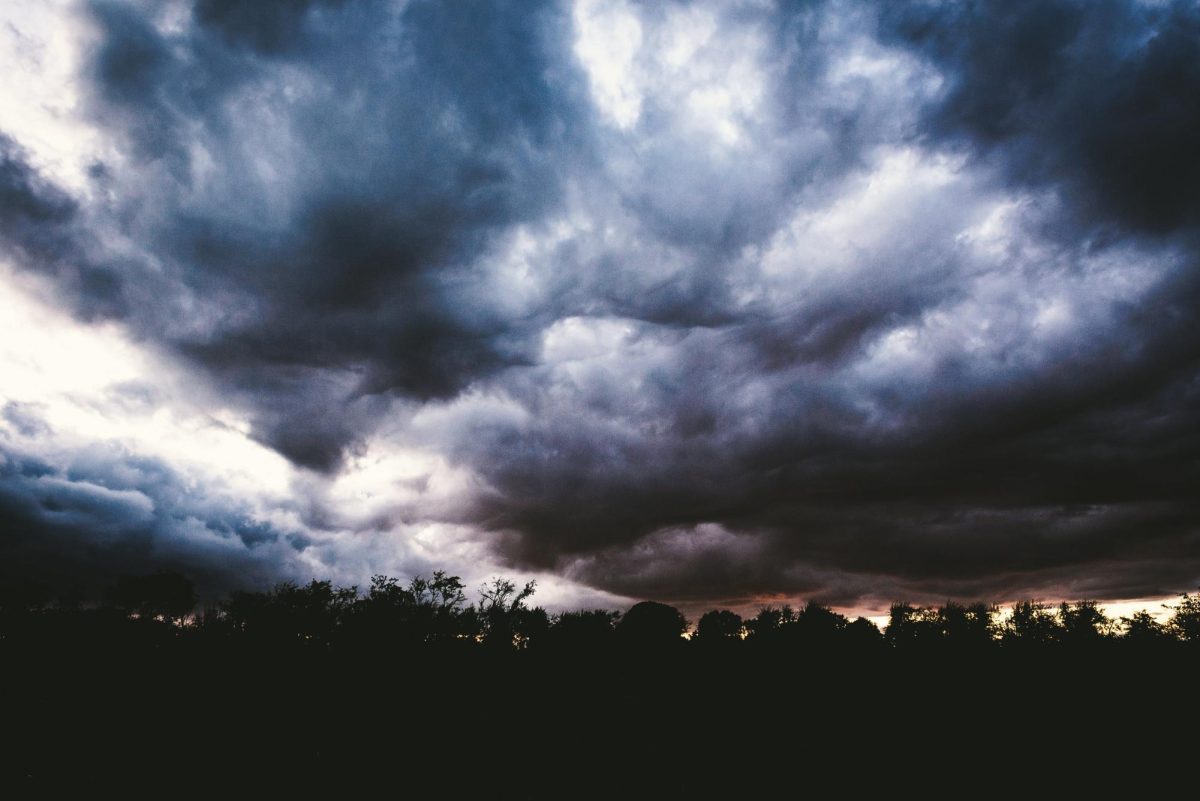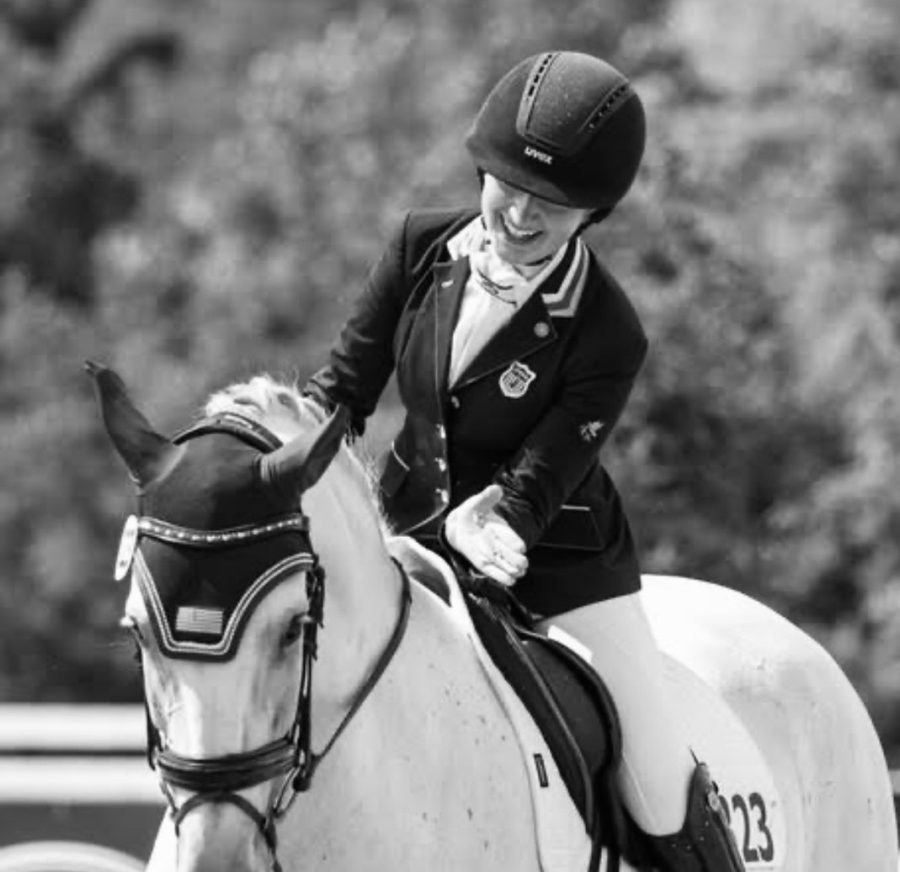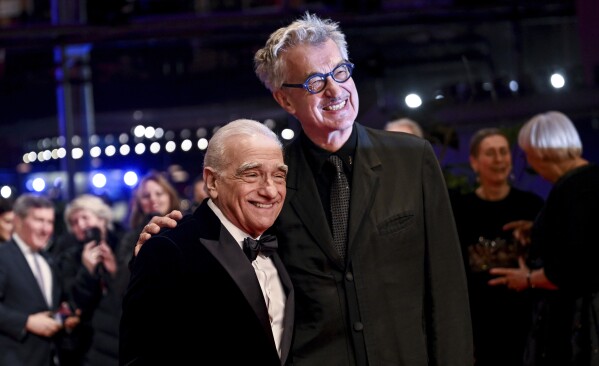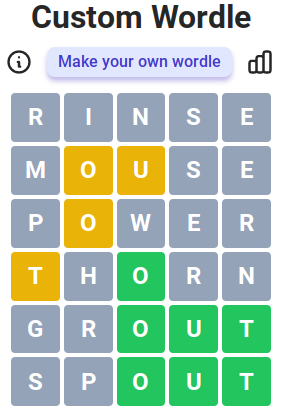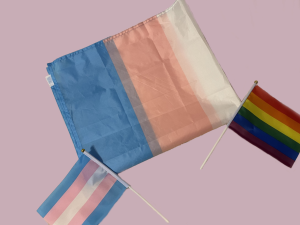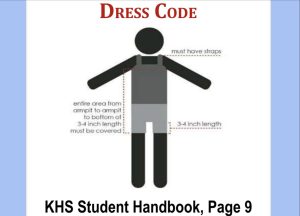Charles Mingus’s “The Black Saint and The Sinner Lady” Review
March 2, 2020
When most people think of jazz, they think of Miles Davis or Duke Ellington, and rightly so, but to me Charles Mingus is where it’s at. I first discovered this album when I was just getting into jazz; my friend Bryce Tetrick had just come back from a trip to Seattle and brought with him some interesting albums he had bought at a local record shop. I first heard Mingus’s album “Blues & Roots (Mono)” in his room, and from there I delved deeper and deeper into Mingus’s discography. “The Black Saint and the Sinner Lady” would be my preferred piece of work by Mingus by far. This is an album that can’t be listened to only once; you have to really feel it to get the meaning of each song. Every track on this album flows into the other with incredible fluidity that requires you listen to the entire album in one sitting each time in order to really understand the beauty of this masterpiece.
Short, yet beautiful— these are the words I would use to describe Charles Mingus’ 1963 release “The Black Saint and The Sinner Lady.” Coming in at just four songs, this masterpiece stirs wonder and creativity into me every time I listen to it. When a group of extremely talented musicians come into contact with a composer with such caliber as Mingus, miracles tend to occur. “Track A— Solo Dancer” begins with subtle drum work cuing in the rest of the band slowly evolving into a beautiful chaos of sorts, with each and every instrument finding its piece in the puzzle.
To be completely honest, I don’t have much expertise on the subject of most instruments other than drums, but I can tell that the symphony of non-percussion instruments on this album is playing their hearts out with what sounds like something out of a dreamy art movie, creating wistful sounds that inspire complete bliss. Each note has meaning— each accent felt. It’s as though I am breathing the music, feeling it, not just listening to it in my room but really feeling it move over me and like a tidal wave dragging me into its whirling chaos that somehow fits together.
The album is filled with interesting time signatures and solos that make the hairs on the back of my neck stand up. There are surprises at every turn. Towards the end of “Track A Solo Dancers”, a loud outburst of trumpets always catches me by surprise. Where “Track B Duet Solo Dancers” is slow and calming, “Track A” is allegro and inspiring, that is until halfway through “Track B” when stuff picks up. This whole album feels like a dream that I feel like I’ve had before. It’s everything I want in an album and I would go so far as to say possibly the best work of art I’ve ever listened to. The experimentation on this album is phenomenal as easily heard in “Track C—Group Dancers” with the best flute solo I’ve ever heard, as well as a thundering piano that features chords out of the ordinary. The 18 minute finale to the album “Mode D—Trio and Group Dancers/ Mode E—Single Solos and Group Dance/ Mode F—Group and Solo Dance” has solos for just about every instrument in the ensemble, including a Latin guitar cadenza that brings flavor from jazz’s roots that I just love to hear.













